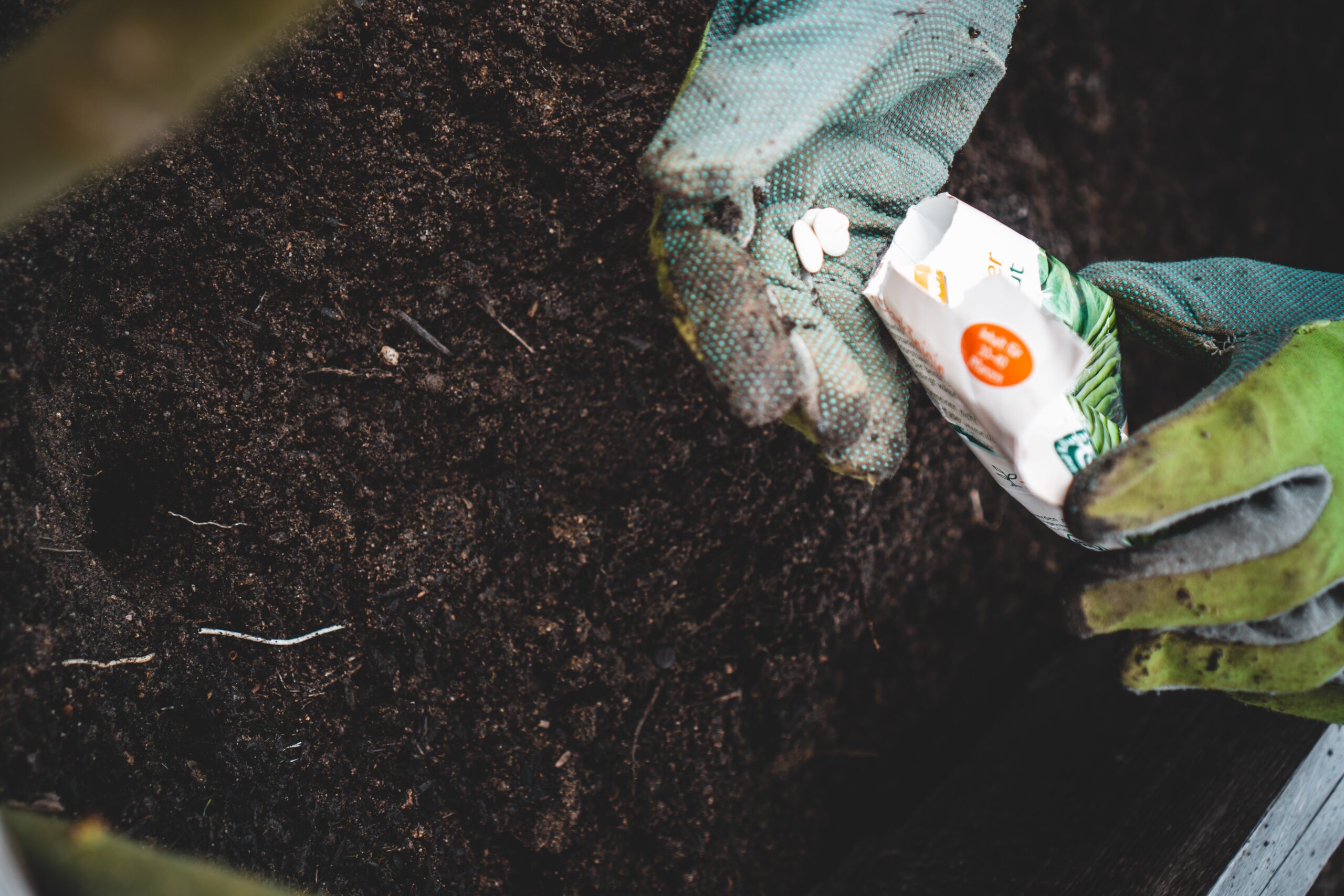This post is written by Stephanie M. Lemley. You can find out more about Stephanie at the bottom of this post.
For the past two years, I have had the privilege of working primarily with grades 6-12 Mississippi agriculture and science teachers through a grant entitled Agricultural Sciences Professional Development (ACRE). This professional development for agricultural literacy grant is funded by the U.S. Department of Agriculture, National Institute of Food and Agriculture. In this grant, teachers participate in an intensive, two-week summer institute where they learn animal science, plant science, and meat science content as well as literacy strategies, pedagogy, and teacher leadership. The teachers also participate in two follow-up days—one in the fall semester and one in the spring semester. As a content-area literacy and disciplinary literacy teacher/educator, I work with the teachers on infusing comprehension, writing, and vocabulary strategies into their classroom practice. During the summer institute, the teachers keep an interactive notebook (either hard copy with a spiral notebook or a digital version on a site such as Canva.com) to record their lab data, literacy strategies, and notes from presentations. Previous research on interactive notebooks in science classrooms has shown that such tools can support students’ communication of science understandings (Wilmes & Siry, 2019).
One strategy that has been impactful for both cohorts of teachers is the carousel (Adams & Leininger, 2017). This strategy promotes productive talk in the classroom. On the first day of ACRE, I post chart paper labeled with the different livestock species—dairy cattle, beef cattle, small ruminants (goats/sheep), equine (horses), and swine around the room. I divide the teachers into small groups and have them circle the room, two minutes at each station, recording as much background knowledge about each livestock species as they can. As they rotate around the room, they read what others wrote, correct any misconceptions, and record their own information in a different color marker. At the end of the summer institute, we revisit the carousel to record new knowledge from ACRE.


Image: ACRE teachers completing the carousel about different livestock species.
Another strategy that I teach and we practice in our summer institute is magnet summaries (Buehl, 2014). A magnet summary is a strategy where students construct meaningful summaries, in their own words, about a topic or concept. As a piece of text is read, magnet words—key terms or concepts—are identified from the reading and are organized into a summary.
At our summer institute, I modeled, and we completed together a magnet summary on the term ‘animal scientist’. We introduced this topic to the teachers because the majority of the presenters throughout our two weeks together were practicing animal scientists from the university. We utilized two texts– American Society of Animal Science’s (ASAS) entry on “What is Animal Science?” and the Occupational Outlook Handbook’s entry on Agricultural and Food Scientists.

Once we completed the first magnet summary together, the teachers completed another one on a Mississippi commodity (e.g., broilers, cattle, catfish, corn, cotton, horticulture crops, peanuts, rice, sweet potatoes, etc.) utilizing three sources—the Mississippi Farm Bureau Commodity Facts, the Mississippi Agriculture Commodity Directory from the Mississippi Department of Agriculture and Commerce, and the Mississippi State University MS Agricultural and Forestry Experiment Station (MAFES) Mississippi Commodities list.


Images: Magnet summary on the Mississippi commodity ‘soybeans’.
Both of these strategies translated well into classroom practice for our teachers. In our fall follow up, one teacher noted, “The carousel strategy worked well because students enjoyed going back after lessons to see how much they learned.” Another teacher noted that the compilation of strategies in the interactive notebook the students are keeping “allows them make connections with content throughout the term.”
References
Adams, S., & Leininger, G. (2017). But I’m NOT a reading teacher! Literacy strategies for career and technical educators. Coppell: Sandy +Gwen Always Learning.
Buehl, D. (2014). Classroom strategies for interactive learning (4th ed.). Newark: International Reading Association.
Wilmes, S.E.D., & Siry, C. (2019). Science notebooks as interactional spaces in a multilingual classroom: Not just ideas on paper. Journal of Research in Science Teaching, 999-1027. doi: 10.1002/tea.21615
*This work is supported by the Agriculture and Food Research Initiative’s Professional Development for Agricultural Literacy priority area, grant no. 2021-67037-34210, project accession no. 1025666, from the U.S. Department of Agriculture, National Institute of Food and Agriculture.

Stephanie M. Lemley is an Associate Professor at Mississippi State University where she works with pre-service and in-service teachers on incorporating literacy strategies into their agricultural teaching practices.
Cover Photo by Jonathan Kemper on Unsplash
